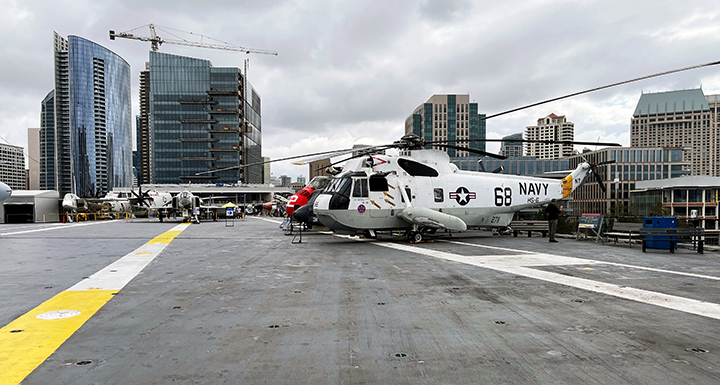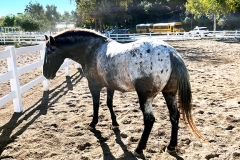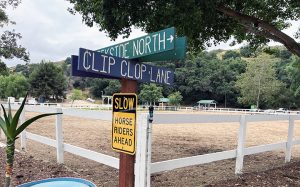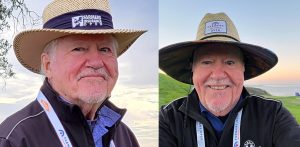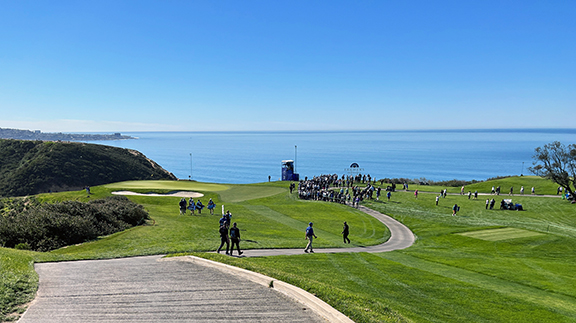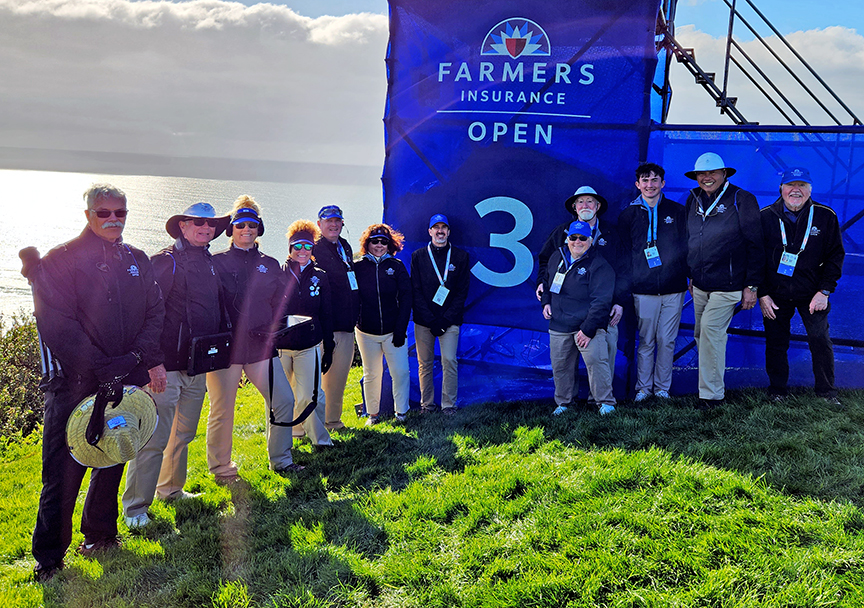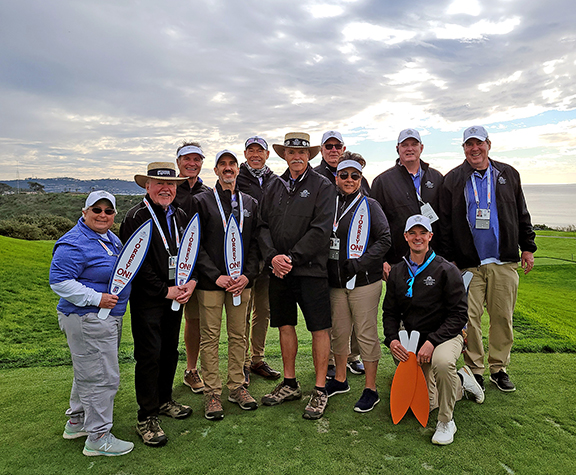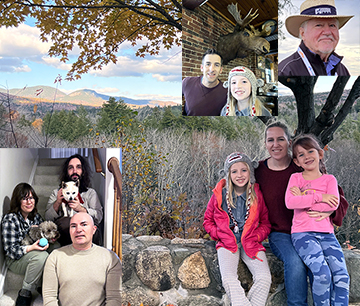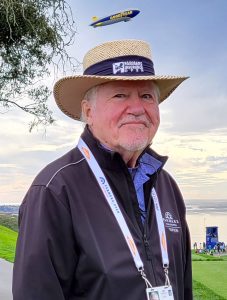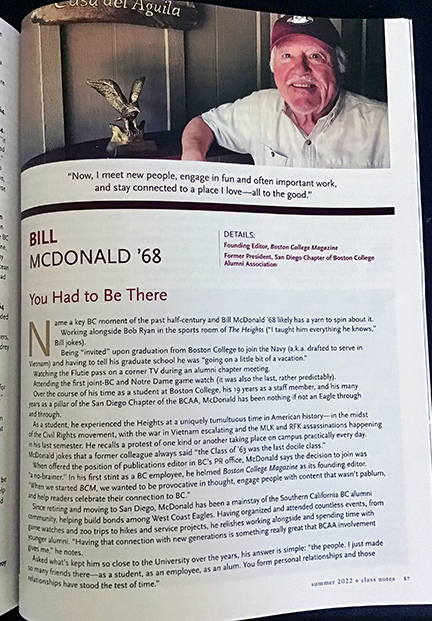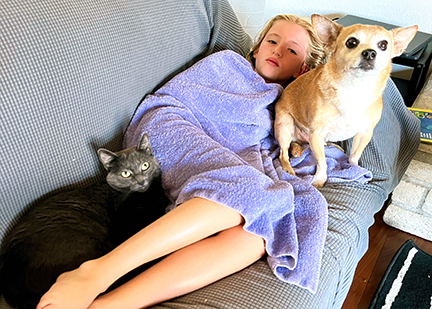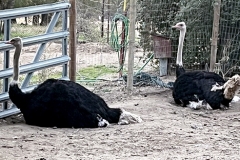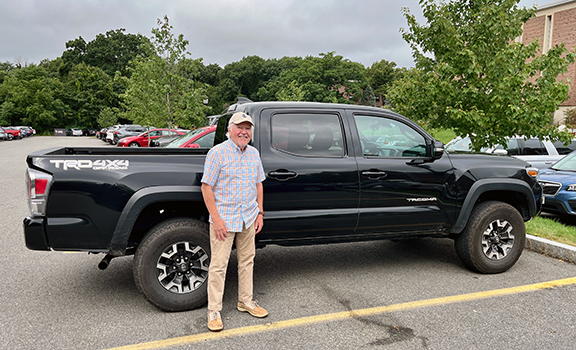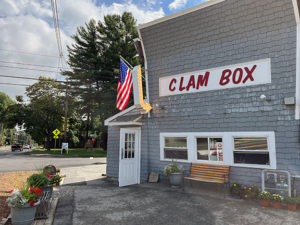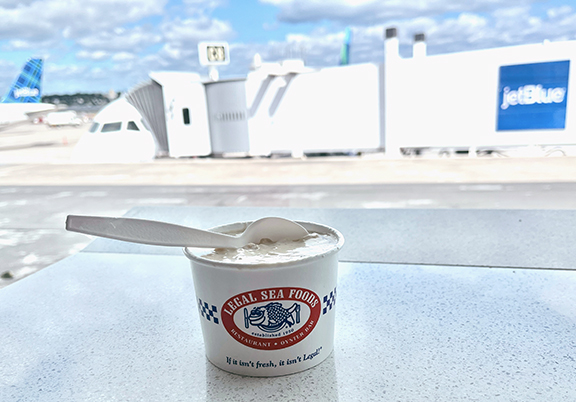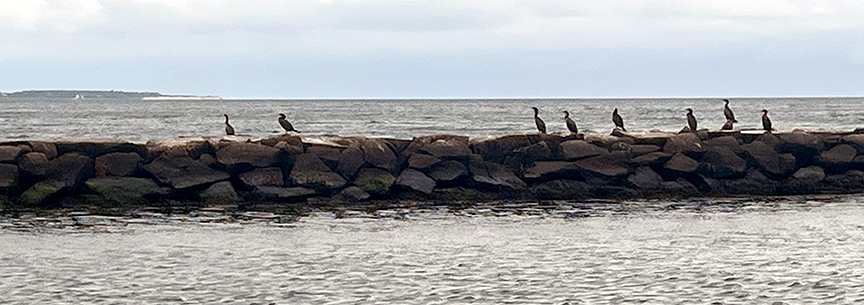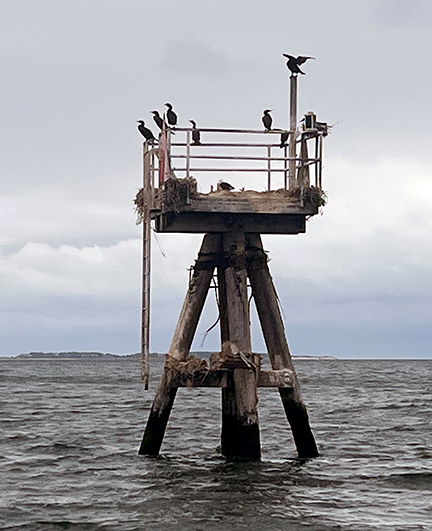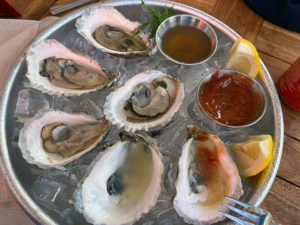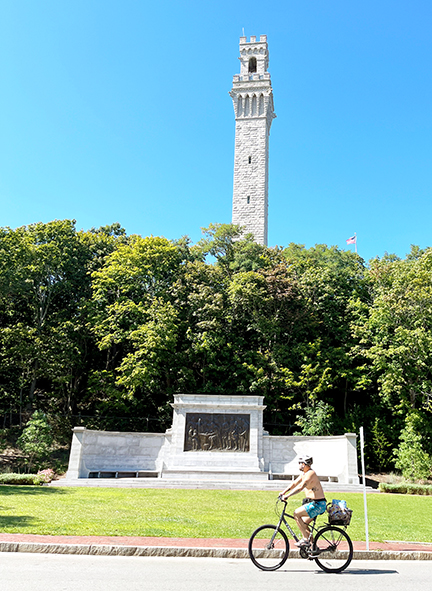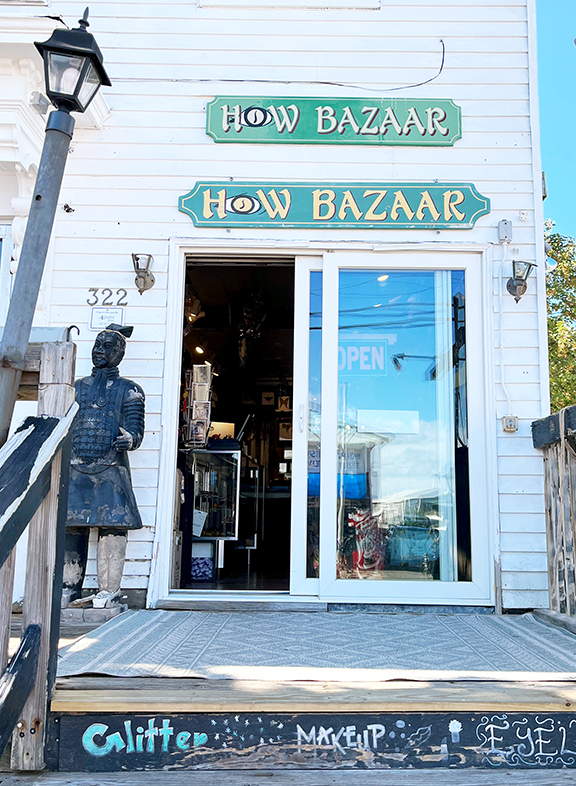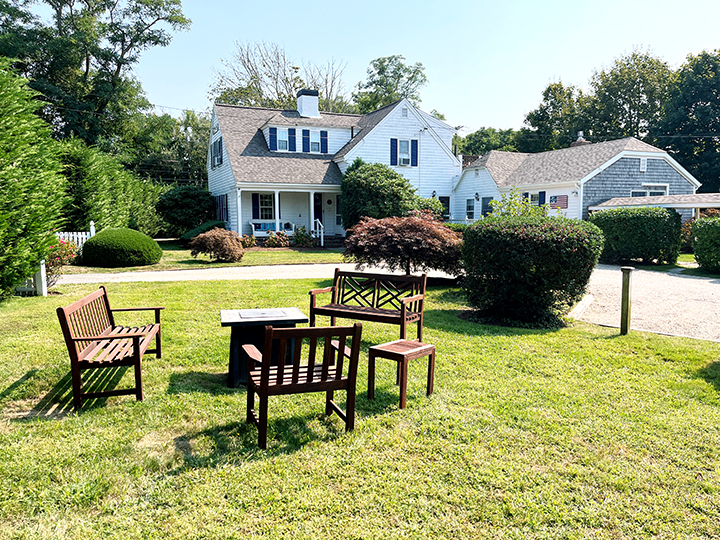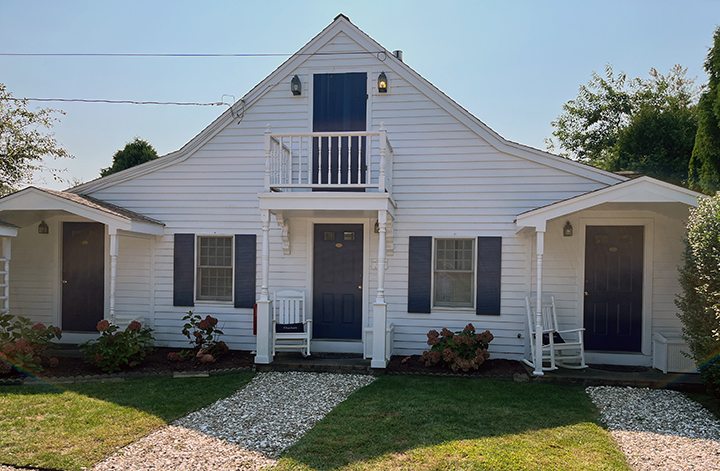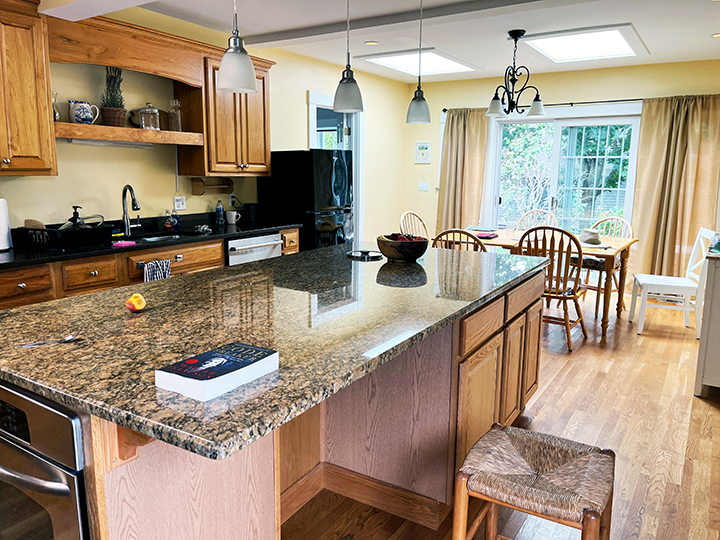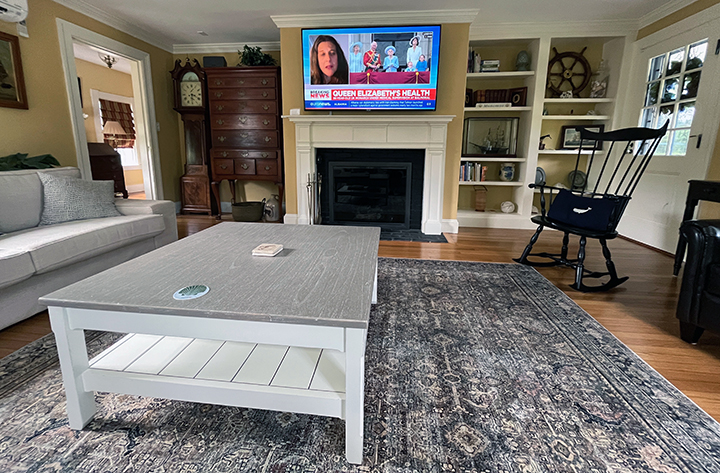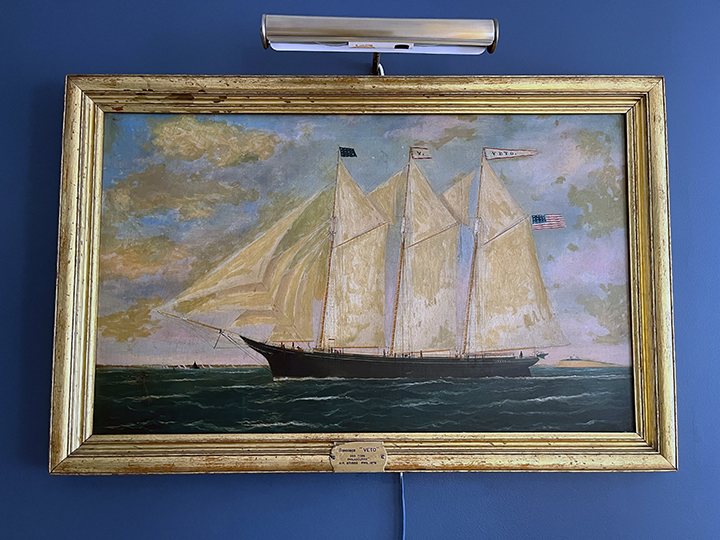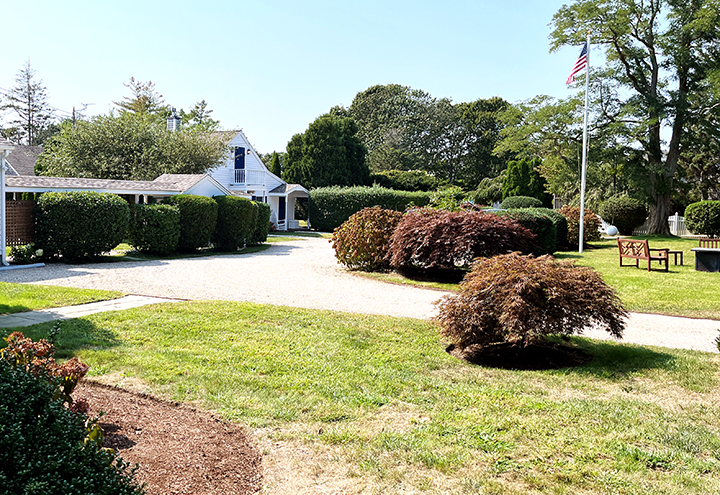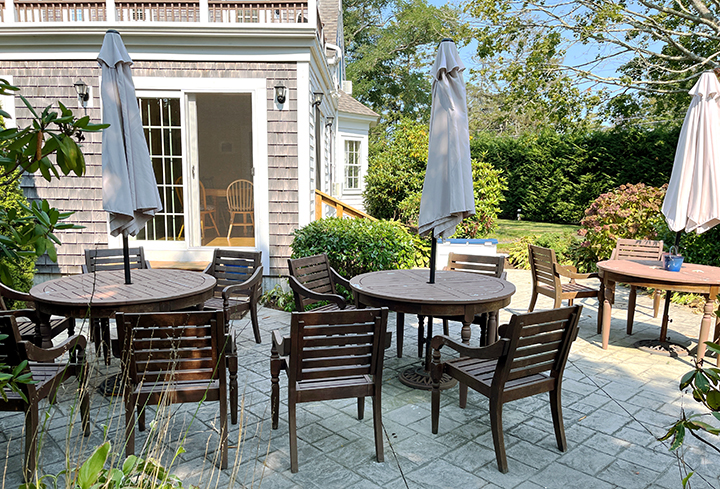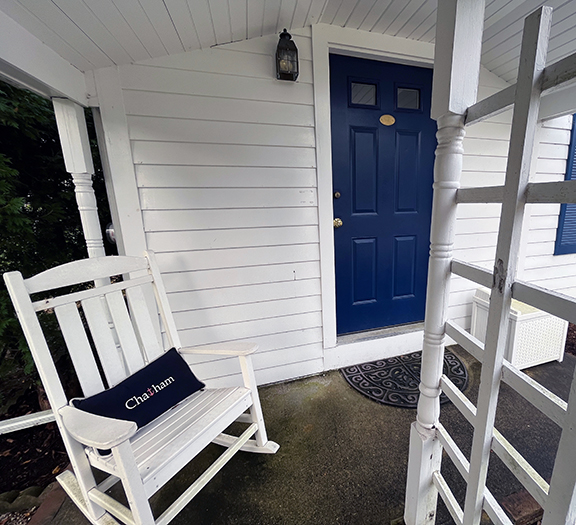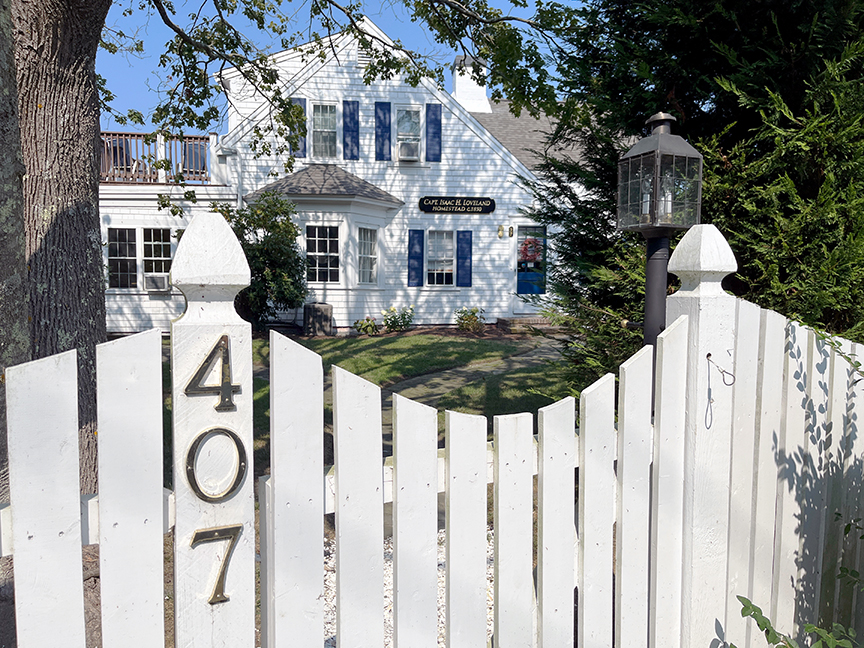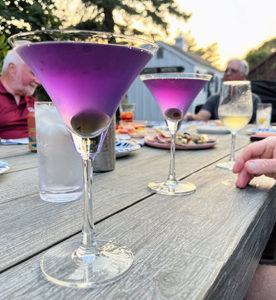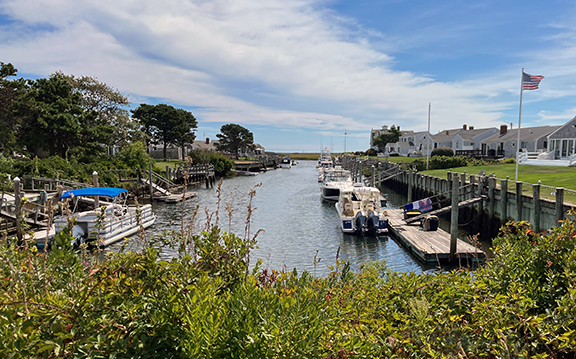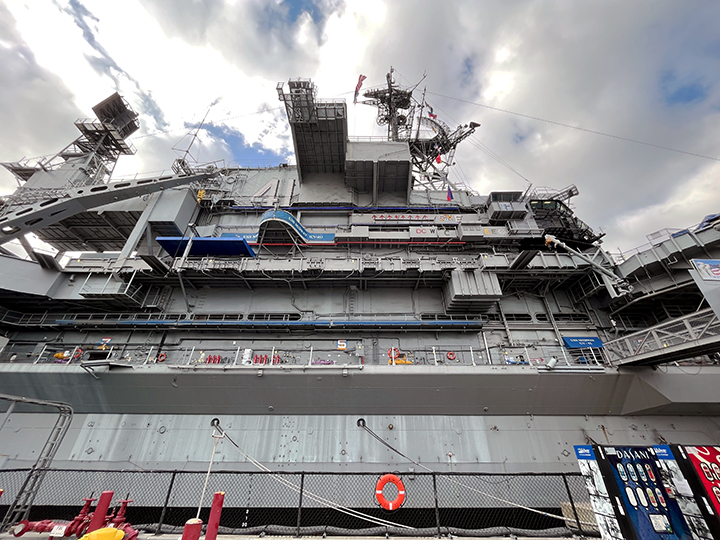
On September 30, I had the honor and privilege to join Diana and Lowell Lindsay on a VIP tour of the USS Midway Museum, berthed in San Diego Harbor. Diana had won the tour in a raffle and the prize allowed her to have five people join her. She invited me to be among them.
A couple of years ago, Lowell and I had learned that, during our service in the Navy, we had both served in the Gulf of Tonkin, off the coasts of northern Vietnam and southern China, during the summer and fall of 1969. He was a helicopter pilot, shuttling people and supplies among the ships in the Gulf, and I was intelligence officer on a destroyer.
The tour allowed us to go on the ship an hour before its formal opening, permitting access to spaces that would later be filled with tourists and museum visitors. A museum volunteer, a former Naval aviator, was our personal guide. And we would end the tour with a meeting with the museum chief executive officer, who would then treat us to lunch.
Arriving a bit early, I walked along the pier at which the Midway is berthed. Looking across the harbor to Naval Air Station, North Island, I was surprised to see all three aircraft carriers homeported at North Island lined up. Usually at least one of them is deployed.

To give some background on this distinctive museum, the USS Midway (CVA-41) was commissioned eight days after the end of World War II, in September 1945. It had been named for the landmark victory by the US Navy in the area of Midway Island in 1942. Midway was the largest ship in the world until 1955.
In more than 46 years active service, Midway saw action in the waters off Vietnam and in the Persian Gulf during Operation Desert Storm, in addition to many deployments to the Mediterranean and Western Pacific. It was modernized several times during service, including the addition of an angled flight deck in 1957. The photo below shows the ship in 1958.
 Decommissioned in 1992 in San Diego, Midway was put into storage in Bremerton, Wash. Many ship veterans and those who flew off it over the years organized efforts to make the ship a floating museum in San Diego, the birthplace of Naval aviation. The Navy donated the ship in 2003 to the non-profit San Diego Aircraft Carrier Museum foundation. Thousands of volunteers made the ship accessible to visitors, prepared exhibits, and more. The USS Midway Museum opened to the public in June 2004.
Decommissioned in 1992 in San Diego, Midway was put into storage in Bremerton, Wash. Many ship veterans and those who flew off it over the years organized efforts to make the ship a floating museum in San Diego, the birthplace of Naval aviation. The Navy donated the ship in 2003 to the non-profit San Diego Aircraft Carrier Museum foundation. Thousands of volunteers made the ship accessible to visitors, prepared exhibits, and more. The USS Midway Museum opened to the public in June 2004.
Despite doubts by many about chances for success, Midway has developed into one of San Diego’s most popular attractions. More than a million people visit it each year. TripAdvisor says Midway is the fourth most popular museum of any kind in the U.S.
Among our group was Jon Lindsay, son of Diana and Lowell, and he and I had another Navy connection. Jon was also an intelligence officer. On active duty, he had served in Iraq, working with SEAL teams 1 and 4. In 1970-71, I had served on the staff of Naval Special Warfare Group, Pacific, which was the command over SEAL and Underwater Demolition teams, in Coronado.
A Stanford grad, Jon also received a master’s there in computer science and later earned a PhD in political science from MIT. A retired Lieutenant Commander, he is associate professor at the School of Cybersecurity and Privacy at Georgia Tech. He’s the author of Information Technology and Military Power (Cornell, 2020) and co-author and editor of other works. So there the similarities diverge.
Also in the group were Greg Cranham, a local fellow geologist with Lowell, and Jean Billings, whose husband had served with Lowell in the same helicopter squadron.

Below are scenes from the tour.
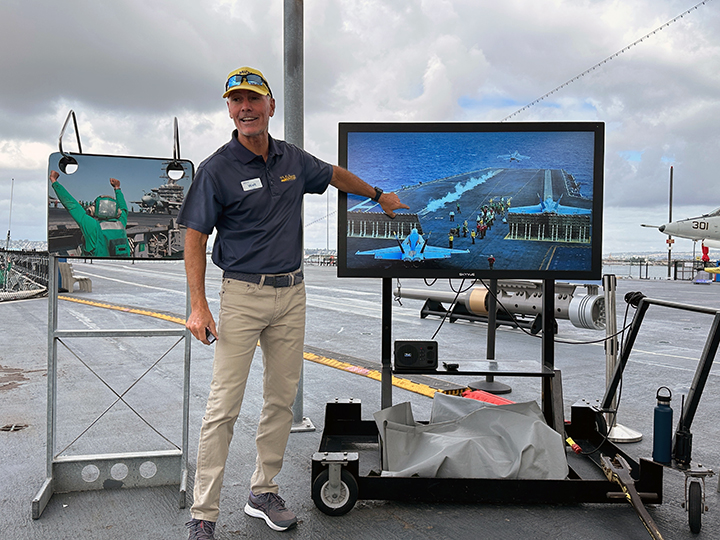
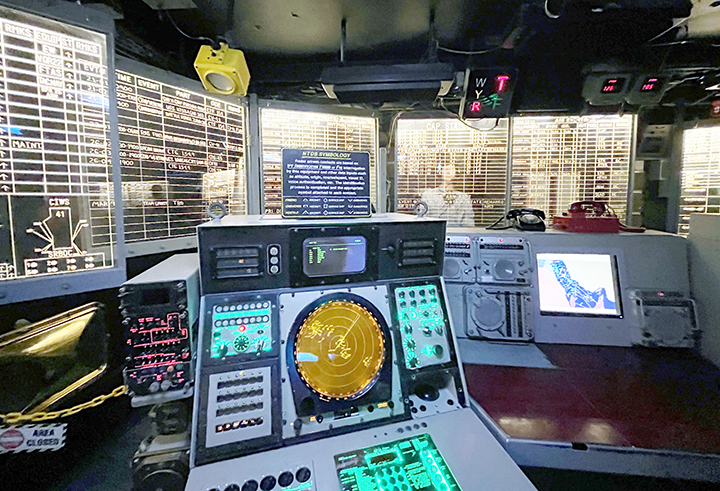

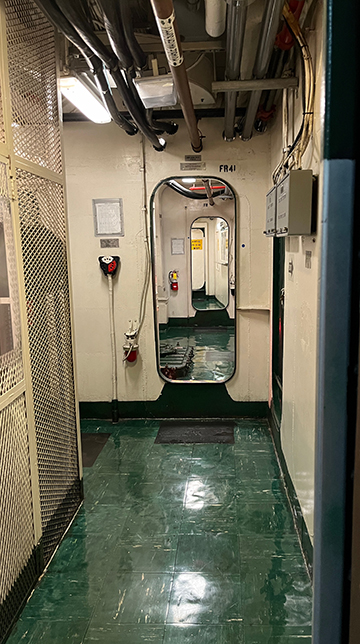

Later, as we joined a group of “regular” visitors about to go to the top levels of the “island,” we received a briefing, which included warnings about the steepness of the ascent. Standard Navy “ladders” connecting decks were converted to stairs in much of Midway to accommodate a wide range of visitors. That was not possible in the narrow superstructure.
As the volunteer concluded his briefing, he pointed to me and said, “And you’re going to lead the way.” I looked puzzled, I expect, until he added, “Because you’ve done it before.” I was wearing a ballcap with the name of my ship — USS Biddle DLG-34 — on it. Indeed, I had done it before . . . many, many times.
Some scenes from the bridges above the flight deck.

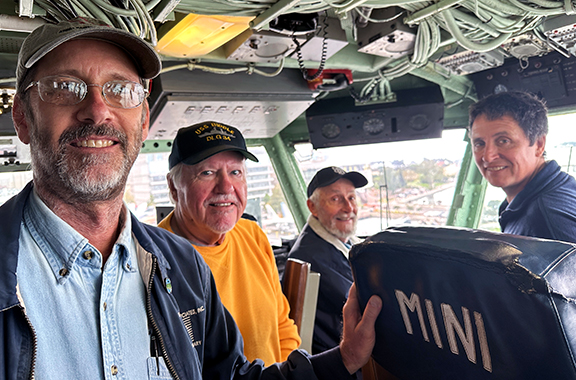
Back on the flight deck, I learned about what I thought was the most amazing aspect of the visit. I was aware that Lowell had flown off Midway during his tour in 1969, but I had no idea the helicopter he piloted was among those on exhibit on Midway. Number 68 in the picture below was Lowell’s bird.
The penultimate phase of our tour was a meeting with Rear Admiral Terry Kraft (Ret.), chief executive officer of the USS Midway Museum. A graduate of the Naval Academy and former commanding officer of USS Ronald Reagan (CVN-76), Kraft was named CEO earlier this year. We met with Admiral Kraft in his office onboard.

He also told us about the museum’s plan to develop a $62-million park adjacent to the ship. The 3.6-acre “Freedom Park” will include a bay-view promenade and amphitheater.

Initial work on the project is to begin in 2024, with completion scheduled for 2028.
And, to top off the morning, lunch — compliments of the CEO.
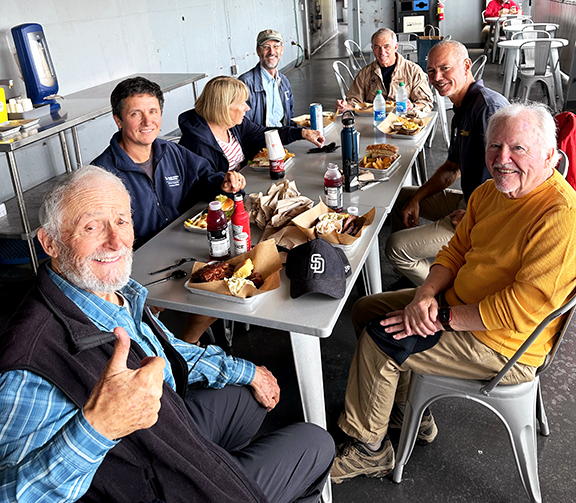 It was a fine Navy day and a wonderful way to mark Lowell’s 82nd birthday!
It was a fine Navy day and a wonderful way to mark Lowell’s 82nd birthday!

